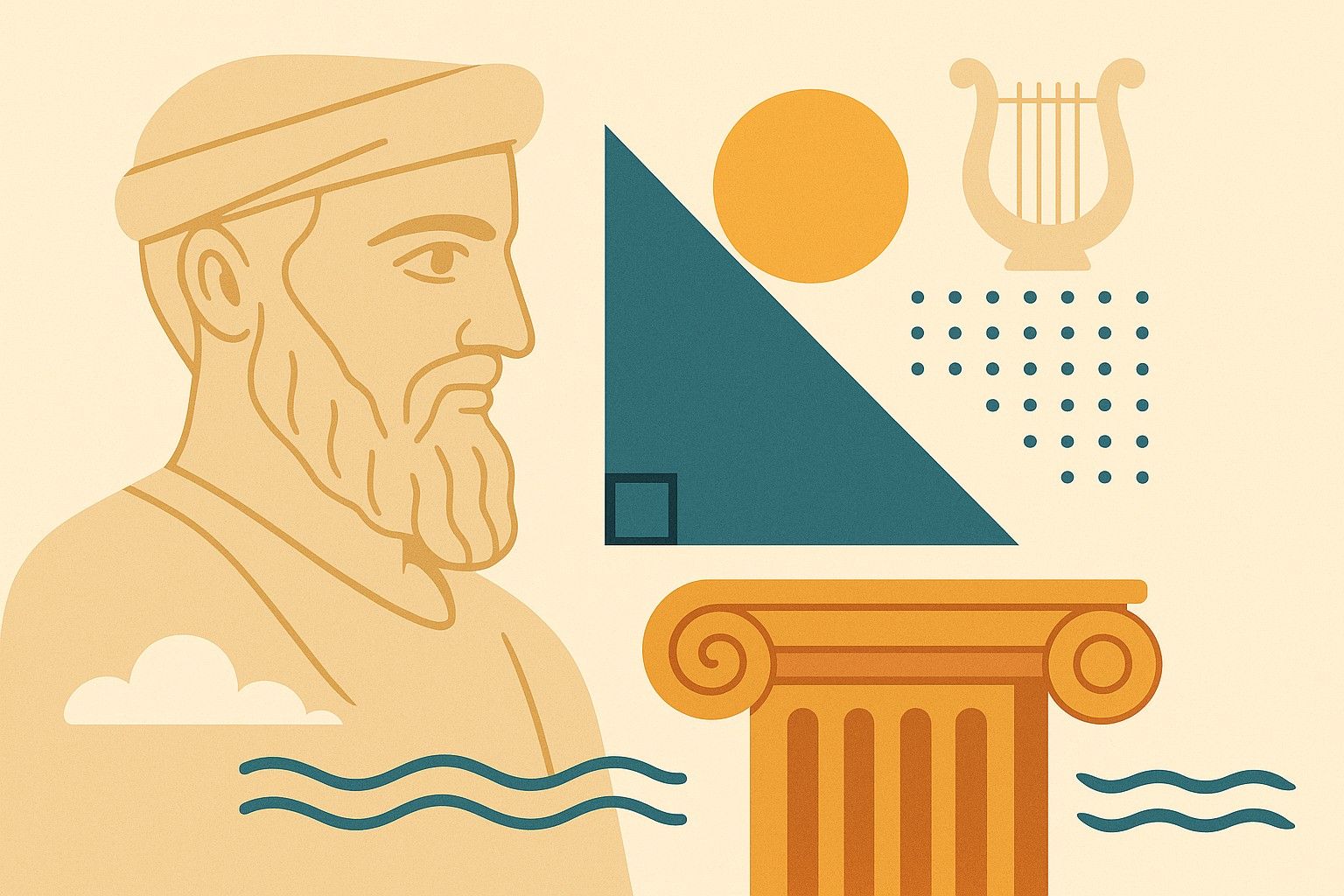Pythagoras of Samos (c. 570–495 BCE) was more than just the name behind a high school geometry staple—he was a Greek philosopher, mathematician, and spiritual thinker whose ideas rippled through both science and mysticism.
He’s best known for the Pythagorean Theorem, which states that in a right-angled triangle, the square of the hypotenuse equals the sum of the squares of the other two sides (a² + b² = c²). But his influence went far beyond triangles.
Pythagoras founded a philosophical and religious school that explored mathematics, music, cosmology, and ethics. His followers, known as Pythagoreans, believed that “all is number”—seeing numerical relationships as the foundation of the universe.
Interestingly, he also linked math with music: the Pythagoreans discovered that vibrating strings produce harmonious tones when their lengths are in simple ratios. This blend of logic and beauty is why Pythagoras is often seen as a bridge between math and philosophy.
– Mohd Farman Ali, Dept. of Maths
FOBAS, Madhav University

